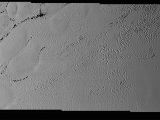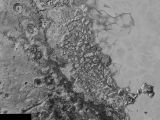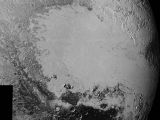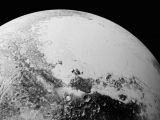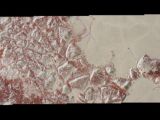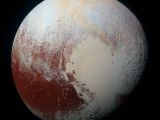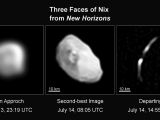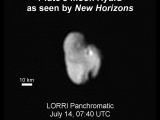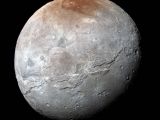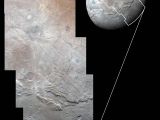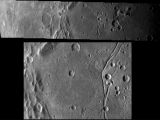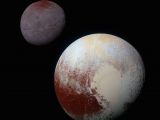It was some time ago, in early July, that NASA's New Horizons probe got its first look at Pluto's heart, a light-colored region measuring about 1,000 miles (1,600 kilometers) across at its widest.
At the time, the spacecraft imaged the dwarf planet's heart from about 5 million miles (8 million kilometers) away. Soon enough, however, during its flyby of the Pluto system, New Horizons obtained gorgeously detailed views of the region.
We now know that in the center-left of Pluto's heart lies an icy plain, i.e. Sputnik Planum, which appears to have formed some 100 million years ago and which, unlike other regions, carries no impact craters.
This doesn't mean it's perfectly smooth though
Pluto's Sputnik Planum might have escaped being battered by meteors, asteroids and other celestial bodies gone haywire, but this does not mean that it is perfectly smooth from one end to the other.
Rather, a new close-up view of this landscape that mission scientists at NASA released earlier this week shows rather odd-looking terrains that are criss-crossed by troughs. Then, there are a whole lot of pits of no mean size.
This latest close-up view of Pluto's Sputnik Planum, together with other New Horizons images of the dwarf planet and its moons, is available in the gallery below.
“This latest image, from the heart of Pluto's heart feature, shows the plain's enigmatic cellular pattern (at left) as well as unusual clusters of small pits and troughs (from lower left to upper right).”
“The reasons for the striking shapes and alignments of these features are a mystery. Adding to the intrigue is that even at this resolution, no impact craters are seen,” NASA researchers write in the image's description.
Explaining the formation of these odd terrains
As mentioned, Pluto's Sputnik Planum is believed to be about 100 million years old, which makes it quite young when compared to other geological features on the orb's surface.
Further data is needed to confirm this, but based on information and images so far beamed back to Earth by the New Horizons probe, scientists suspect Sputnik Planum is largely made up of deposits of volatile ices such as solid nitrogen.
As for the pits and the troughs in this image, they are believed to have formed by sublimation or evaporation of these ice deposits. Whether such processes are still ongoing is yet to be determined.
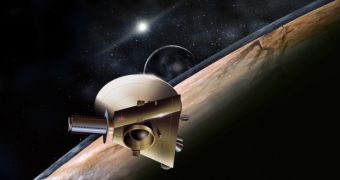
 14 DAY TRIAL //
14 DAY TRIAL // 
